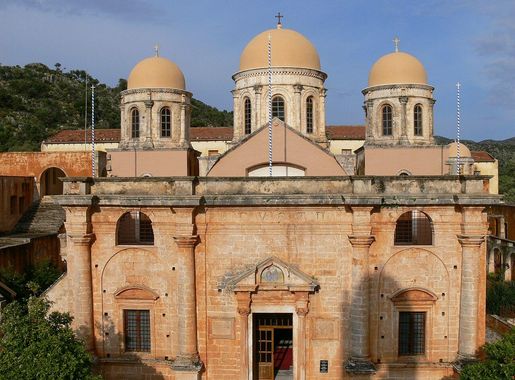
Chania: A Jewel of Crete
Discover Chania, Crete's enchanting blend of history, culture, and natural beauty, where Venetian and Turkish influences meet pristine beaches and vibrant local life.
Chania, located on the stunning island of Crete, is a city that harmoniously blends history, culture, and natural beauty. Known for its charming Old Town, Chania is a labyrinth of narrow streets filled with Venetian and Turkish architecture. The picturesque harbor, with its iconic lighthouse, is a great place to start your exploration. Here, you can enjoy a leisurely stroll, dine at waterfront tavernas, and soak in the vibrant atmosphere. Beyond the Old Town, Chania offers plenty of attractions for nature lovers. The nearby Samaria Gorge is one of Europe's longest and most famous hiking trails. For those who prefer relaxation, the pristine beaches such as Elafonissi and Balos are perfect for sunbathing and swimming in crystal-clear waters. The region's diverse landscapes, from rugged mountains to serene coastlines, provide endless opportunities for outdoor activities. Cultural enthusiasts will find Chania rich in history and tradition. The Archaeological Museum and Maritime Museum offer insights into the city's storied past. Local markets, like the Municipal Market of Chania, are excellent for sampling Cretan cuisine and purchasing unique handicrafts. The city's vibrant nightlife, with its mix of modern bars and traditional music venues, ensures that there is something for everyone to enjoy.
Local tips in Chania
- Visit the Old Town early in the morning or late in the afternoon to avoid the crowds and enjoy a more relaxed atmosphere.
- Wear comfortable shoes as the cobblestone streets in the Old Town can be uneven.
- Try the local cuisine, especially dishes like dakos, moussaka, and fresh seafood at waterfront tavernas.
- Rent a car if you plan to visit the beaches or hike the Samaria Gorge, as public transport can be infrequent.
- Bring sunscreen and a hat, especially if you plan to spend a lot of time outdoors, as the sun can be quite strong.
Neighbourhoods in Chania
Chania: A Jewel of Crete
Chania, located on the stunning island of Crete, is a city that harmoniously blends history, culture, and natural beauty. Known for its charming Old Town, Chania is a labyrinth of narrow streets filled with Venetian and Turkish architecture. The picturesque harbor, with its iconic lighthouse, is a great place to start your exploration. Here, you can enjoy a leisurely stroll, dine at waterfront tavernas, and soak in the vibrant atmosphere. Beyond the Old Town, Chania offers plenty of attractions for nature lovers. The nearby Samaria Gorge is one of Europe's longest and most famous hiking trails. For those who prefer relaxation, the pristine beaches such as Elafonissi and Balos are perfect for sunbathing and swimming in crystal-clear waters. The region's diverse landscapes, from rugged mountains to serene coastlines, provide endless opportunities for outdoor activities. Cultural enthusiasts will find Chania rich in history and tradition. The Archaeological Museum and Maritime Museum offer insights into the city's storied past. Local markets, like the Municipal Market of Chania, are excellent for sampling Cretan cuisine and purchasing unique handicrafts. The city's vibrant nightlife, with its mix of modern bars and traditional music venues, ensures that there is something for everyone to enjoy.
When is the best time to go to Chania?
Iconic landmarks you can’t miss
Old Venetian Port of Chania
Discover the historical beauty and vibrant culture of Chania at the Old Venetian Port, a perfect blend of history, architecture, and cuisine.
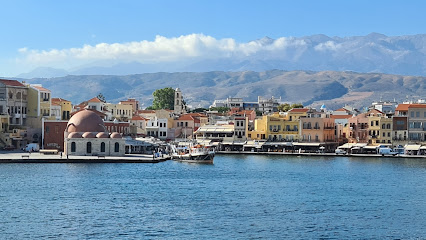
Old Chania Market
Experience the vibrant culture and flavors of Crete at Old Chania Market, a historic hub for local produce and artisanal goods.

Venizelos Graves
Discover the elegance and history of Venizelos Graves in Chania, a serene cemetery and landmark honoring Greece's political heritage with breathtaking views.

Chania Municipal Garden
Discover the serene beauty of Chania Municipal Garden, a lush community oasis in the heart of Crete, perfect for relaxation and exploration.
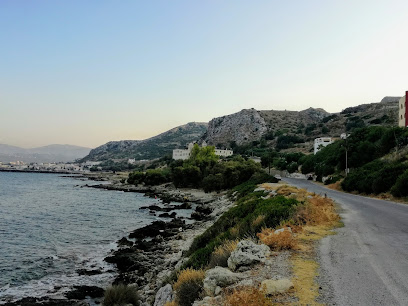
Lighthouse of Chania
Discover the historical beauty of the Lighthouse of Chania, a stunning landmark that embodies the charm and maritime heritage of Crete.
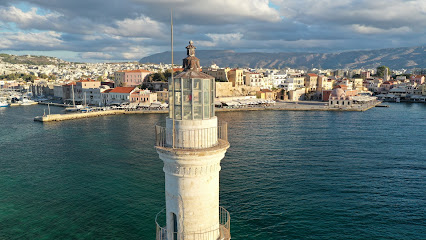
Sinagogi coctail bar
Experience the vibrant nightlife of Chania at Sinagogi Cocktail Bar, where mixology meets ambiance in a stylish setting.
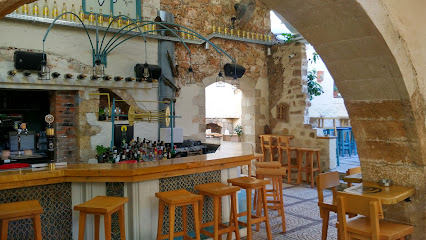
Kucuk Hasan Mosque
Discover the architectural beauty and cultural significance of Kucuk Hasan Mosque, a historic landmark in Chania, showcasing the city's rich multicultural heritage.
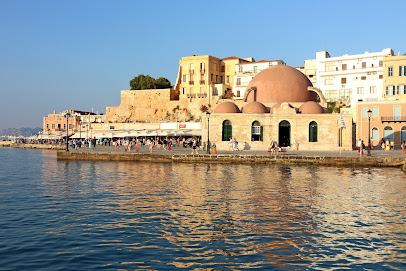
Talos Square
Explore the beauty and cultural charm of Talos Square in Chania, the perfect park for relaxation and local events in Greece.
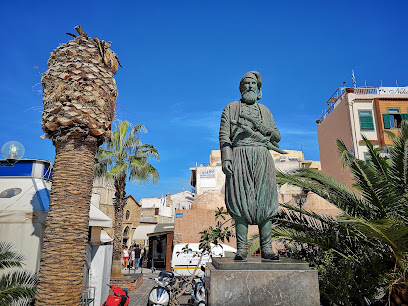
Minoan's World 9D Experience
Discover the vibrant history of the Minoan civilization through immersive 9D experiences in Chania, Greece, perfect for all ages.
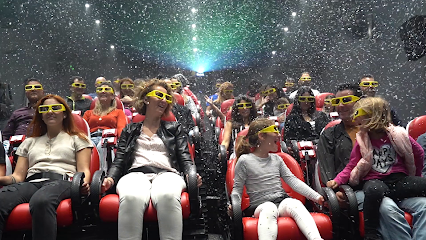
Firka Venetian Fortress | Ενετικό φρούριο Φιρκά
Discover the historic Firka Venetian Fortress in Chania, an architectural marvel offering stunning views and a glimpse into Crete's rich maritime history.
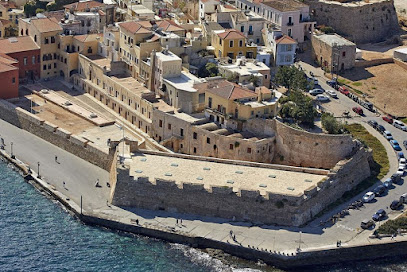
MonEs
Discover MonEs in Chania, where traditional Cretan cuisine meets modern culinary artistry in an unforgettable dining experience.
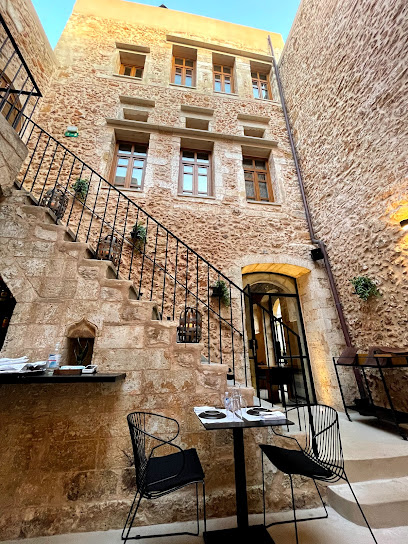
Monastery Katholiko
Experience the tranquility and historical richness of Monastery Katholiko, a spiritual haven nestled in the stunning landscapes of Chania, Crete.
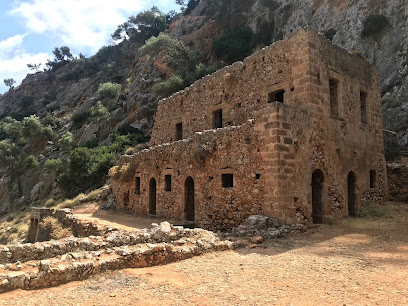
Sabbionara Bastion
Discover the stunning Sabbionara Bastion, a historical landmark in Chania, Crete, offering breathtaking views and rich architectural heritage.
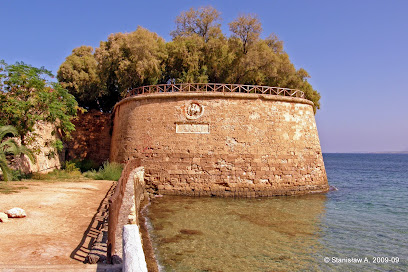
Splantzia Square
Experience the vibrant culture and historical charm of Splantzia Square, a must-visit gem in Chania, Greece.
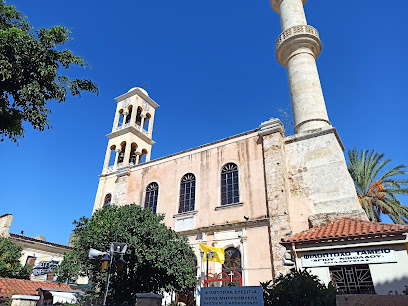
Χώρος Στάθμευσης Θεάτρου Ανατολικής Τάφρου
Discover the perfect starting point for your Chania adventures at the free Θέατρος Ανατολικής Ταύρου parking lot, surrounded by culture and beauty.

Unmissable attractions to see
Old Venetian Port of Chania
Explore the rich history and vibrant culture of Chania at the Old Venetian Port, a picturesque landmark filled with charm and Mediterranean allure.

Fortezza of Rethymnon
Explore the majestic Fortezza of Rethymnon, a stunning Venetian fortress with breathtaking views and rich historical significance in Crete, Greece.
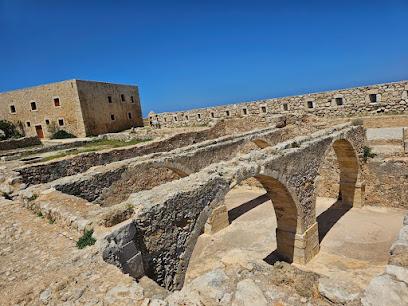
Old Chania Market
Experience the vibrant culture and flavors at Old Chania Market, a must-visit destination in the heart of Chania, Crete.
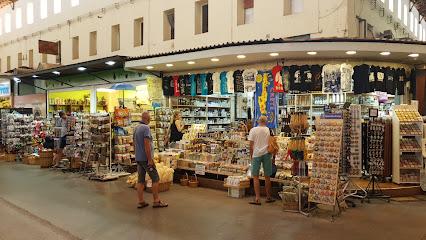
Rimondi Fountain
Explore the enchanting Rimondi Fountain in Rethymno, a stunning testament to Venetian architecture and the rich history of Crete.
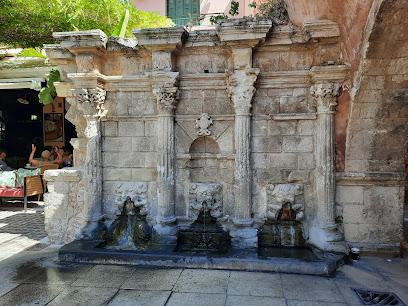
Falasarna beach
Discover the breathtaking beauty of Falasarna Beach in Crete, where golden sands meet crystal-clear waters for an unforgettable seaside experience.
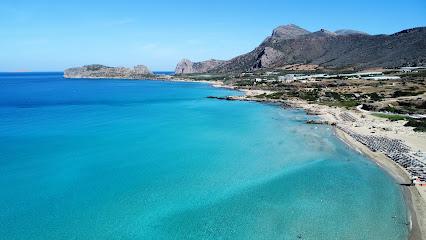
Seitan Limania
Discover the breathtaking beauty of Seitan Limania, a secluded beach in Crete known for its crystal-clear waters and dramatic cliffs, perfect for nature lovers.
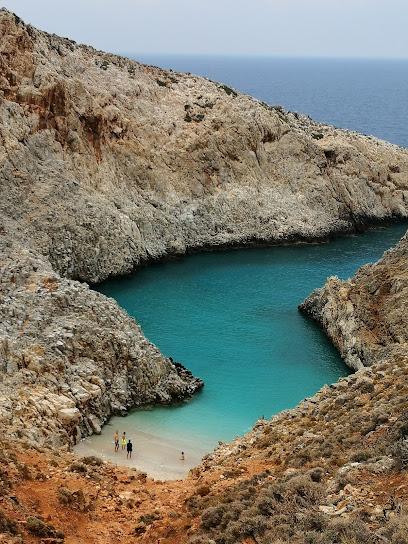
Botanical Park & Gardens Of Crete.
Explore the Botanical Park & Gardens of Crete, a stunning retreat showcasing the island's diverse flora and rich biodiversity amid lush landscapes.
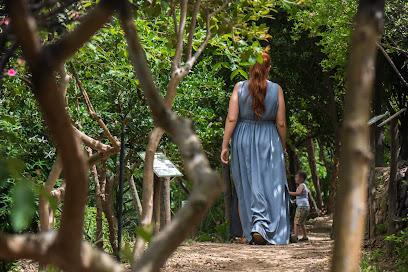
Rethymnon Municipal Garden
Discover the serene beauty of Rethymnon Municipal Garden, a lush urban oasis filled with vibrant flora and tranquil pathways in the heart of Crete.
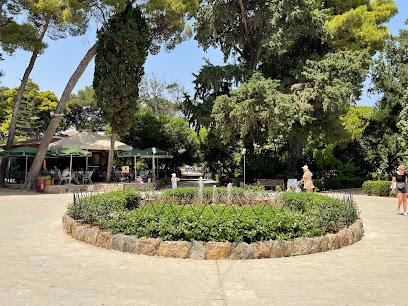
Holy Trinity (Agia Triada) Tzagaroli Monastery
Explore the serene beauty and rich history of Holy Trinity Monastery in Chania, a peaceful retreat surrounded by olive groves and stunning landscapes.

Gramvousa Beach
Explore Gramvousa Beach: A stunning coastal paradise in Crete, Greece, with crystal-clear waters, sandy shores, and rich historical significance.
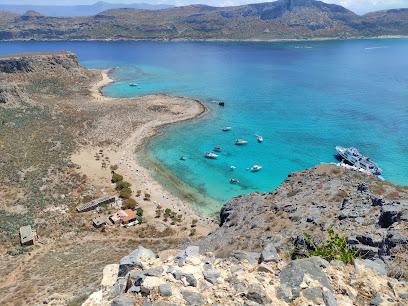
Guora gate
Explore the historic Guora Gate in Rethymno, a stunning testament to Venetian architecture and the rich history of Crete.
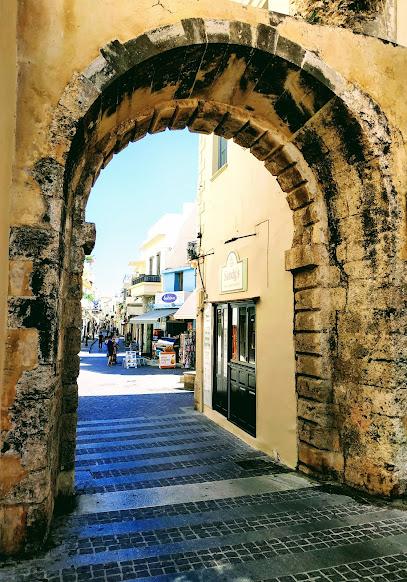
Balos Beach
Discover the breathtaking beauty of Balos Beach, a stunning lagoon in Crete known for its turquoise waters and picturesque landscapes.
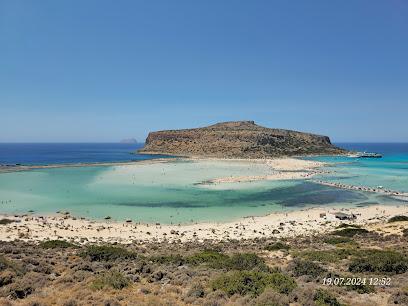
Cave of Agia Sofia
Explore the enchanting Cave of Agia Sofia in Minoa Pediada—where natural beauty meets rich history in the heart of Greece.
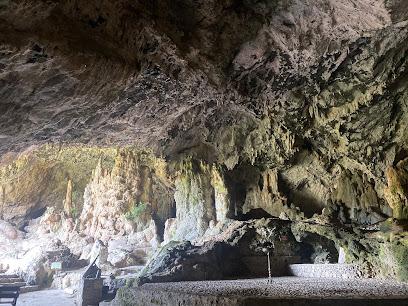
Limnoupolis
Dive into unforgettable fun at Limnoupolis, Chania's premier water park, where adventure meets relaxation in a stunning setting.
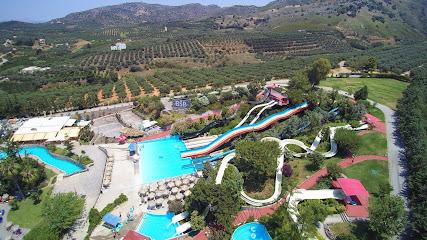
Marathi Beach
Experience the tranquil beauty of Marathi Beach on Crete, where golden sands meet crystal-clear waters in a serene Mediterranean paradise.
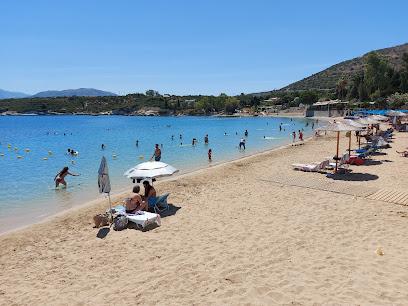
Essential places to dine
PALLAS
Experience exquisite Mediterranean cuisine with stunning sea views at PALLAS in Chania - where every meal is a celebration of flavor.
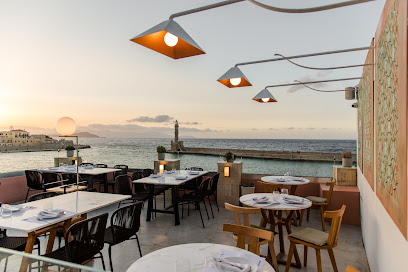
TAMAM RESTAURANT CHANIA
Experience authentic Cretan cuisine at Tamam Restaurant in Chania's enchanting Old Harbour - a culinary delight awaits!
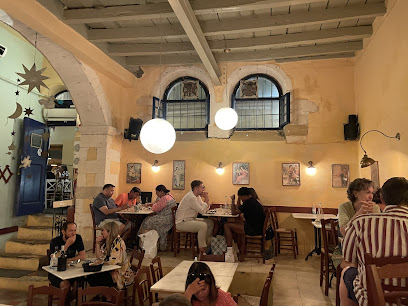
Salis
Experience an exquisite blend of Greek and modern European cuisine at Salis, Chania's premier fine dining destination.
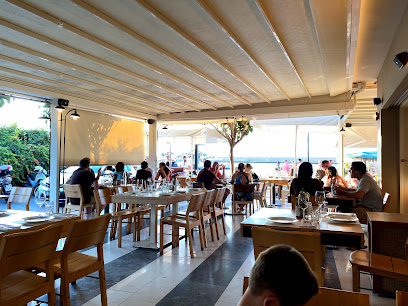
To Maridaki
Experience authentic Greek cuisine at To Maridaki in Chania - where fresh seafood meets warm Cretan hospitality.
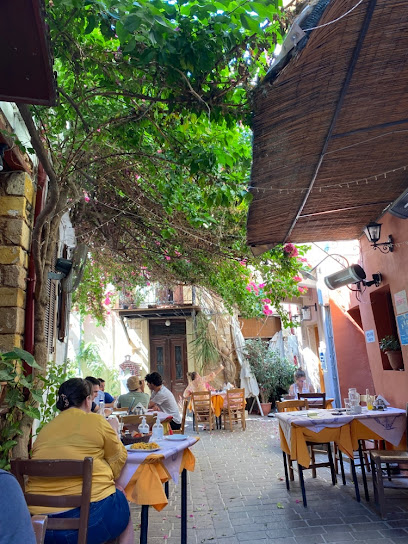
Glossitses
Savor authentic Greek cuisine at Glossitses in Chania, where every dish tells a story and every view captivates your heart.
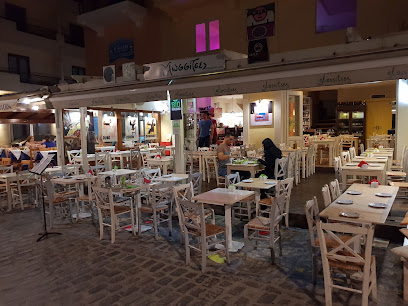
Throumbi
Discover authentic Cretan cuisine at Throumbi in Chania—where every small plate tells a delicious story.
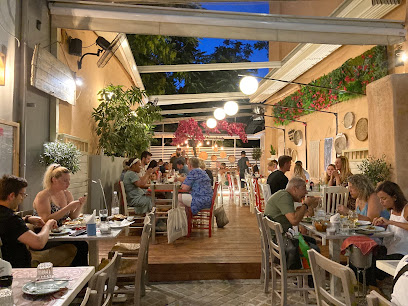
TO XANI Restaurant
Experience the essence of Greek cuisine at TO XANI Restaurant in Chania's stunning Venetian Old Port.

KAIKI
Experience exquisite seafood dining at KAIKI in Chania, where fresh flavors meet breathtaking Mediterranean views.
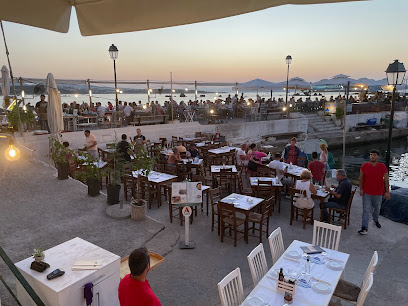
Palazzo Almare Restaurant
Experience authentic Greek cuisine at Palazzo Almare Restaurant in Chania, where tradition meets innovation for an unforgettable culinary journey.
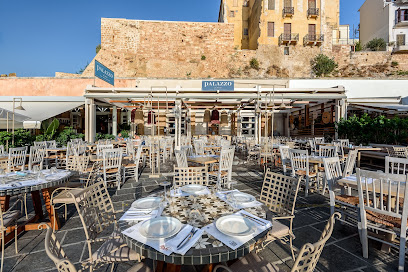
Bohème
Discover Bohème: A Culinary Gem in Chania Offering Authentic Greek Flavors with Modern Elegance.
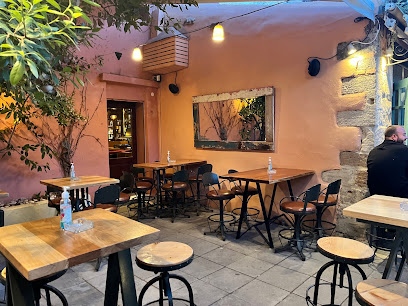
Ela
Discover the essence of Greek cuisine at Ela in Chania – a delightful blend of tradition and flavor awaits you.
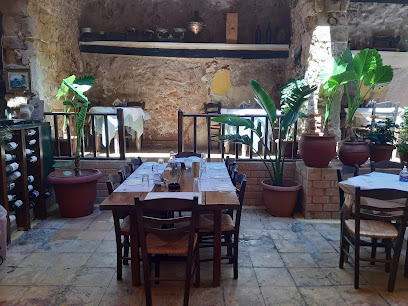
Kouzina e.p.e.
Discover Kouzina e.p.e., where authentic Greek flavors come alive in a charming setting in Chania.
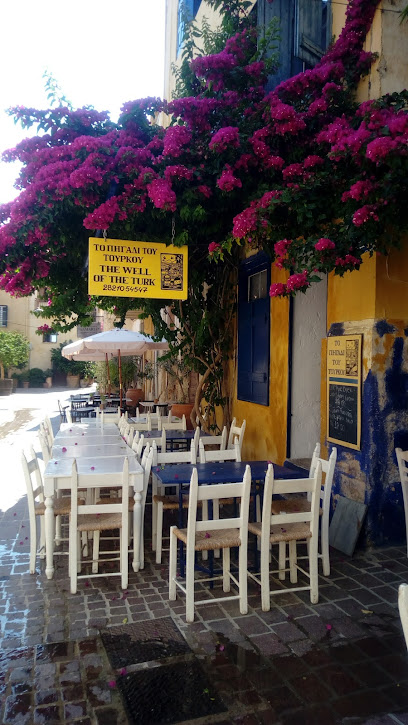
Oinopiio
Discover authentic Greek flavors at Oinopiio in Chania - where every dish tells a story of tradition and passion.
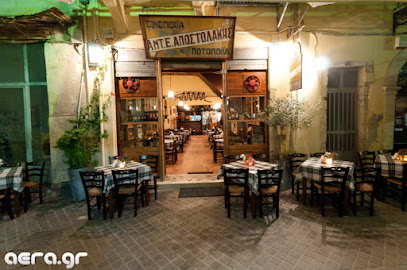
To Stachi slow food
Discover authentic vegetarian and vegan cuisine at To Stachi in Chania - where slow food meets sustainable dining.
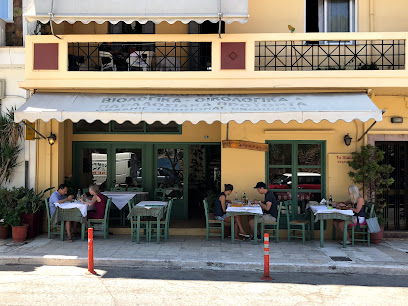
Kritamon Wine Restaurant
Discover Kritamon Wine Restaurant in Chania – where authentic Cretan cuisine meets an exquisite selection of local wines for an unforgettable dining experience.
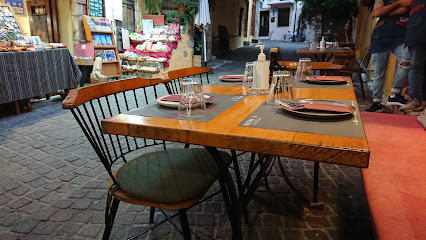
Markets, malls and hidden boutiques
Eureka Vintage shop Παλαιοπωλείο Εύρηκα
Explore the enchanting world of vintage treasures at Eureka Vintage Shop in Chania, where architectural salvage meets nostalgic finds.
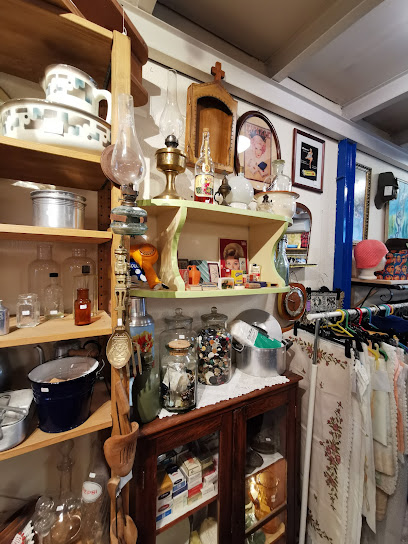
Elegant Spirit
Explore Elegant Spirit in Chania for unique gifts and souvenirs that capture the essence of Crete's rich culture and creativity.
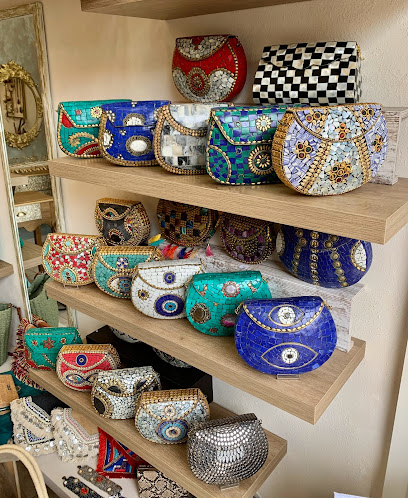
Temple Gift Shop
Explore the Temple Gift Shop in Chania for unique souvenirs and exquisite mosaic lamps that capture the spirit of Greece.
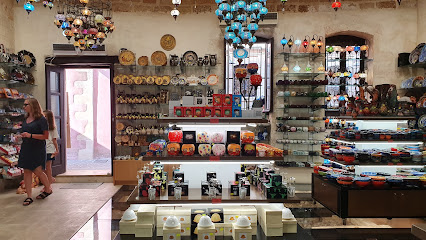
Memorabilia
Explore the essence of Greek culture at Memorabilia, Chania's premier gift shop for unique and classy souvenirs.
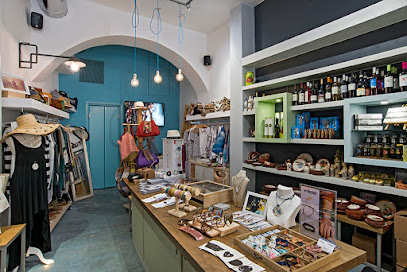
KURKUTA
Explore KURKUTA in Chania for unique gifts and souvenirs that capture the essence of Crete.

To Meli
Discover the essence of Crete at To Meli, a unique emporium of cosmetics, organic products, and delightful novelties in Chania.
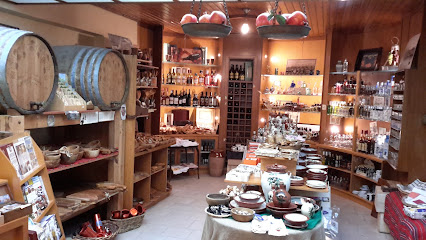
Xamam Wear
Explore Xamam Wear in Chania for an unmatched selection of unique clothing that celebrates Greek heritage and modern style.
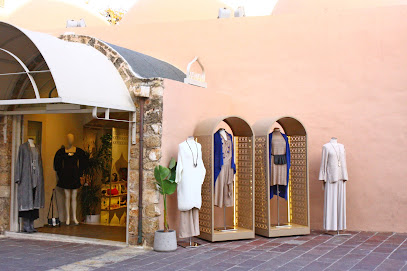
Eleonora Boutique Chania
Discover the charm of Eleonora Boutique in Chania, where unique women's clothing and accessories meet exceptional craftsmanship and style.

Secret Paradise Chania
Explore Secret Paradise in Chania for unique gifts and authentic Cretan treasures that celebrate the island's rich heritage.
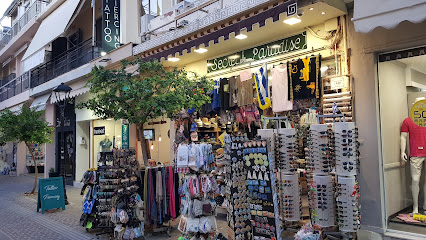
Mini Art Shop
Explore the Mini Art Shop in Chania for unique handcrafted gifts and local ceramics that embody the spirit of Crete.

Mitos Objects of Art
Explore Mitos Objects of Art in Chania for unique handmade crafts, authentic souvenirs, and a glimpse into Cretan artistry.
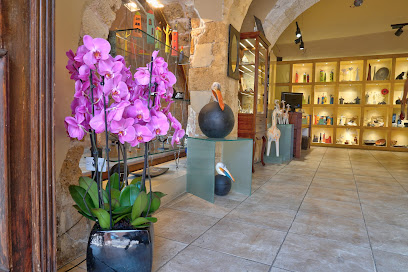
Elephant Store
Explore Elephant Store in Chania for unique gifts, stylish clothing, exquisite jewelry, and trendy sunglasses, perfect for all your souvenir needs.
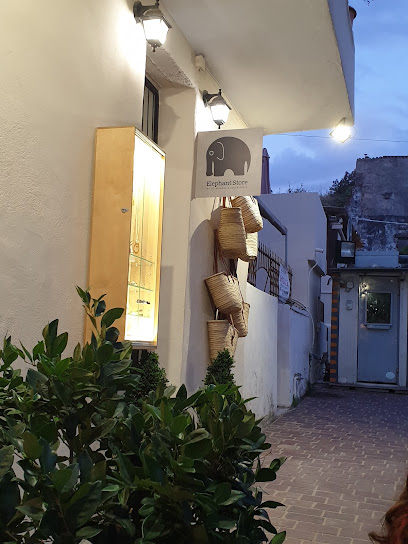
Anastasia Store
Explore Anastasia Store in Chania for unique clothing, stylish accessories, and a touch of Greek fashion charm.
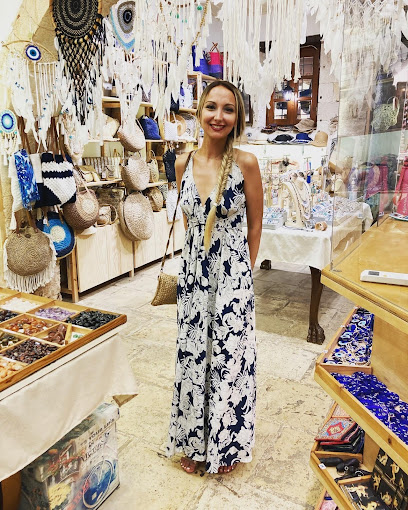
Agora Products Boutique
Discover the essence of Crete at Agora Products Boutique - your destination for authentic handmade gifts and local crafts in Chania.
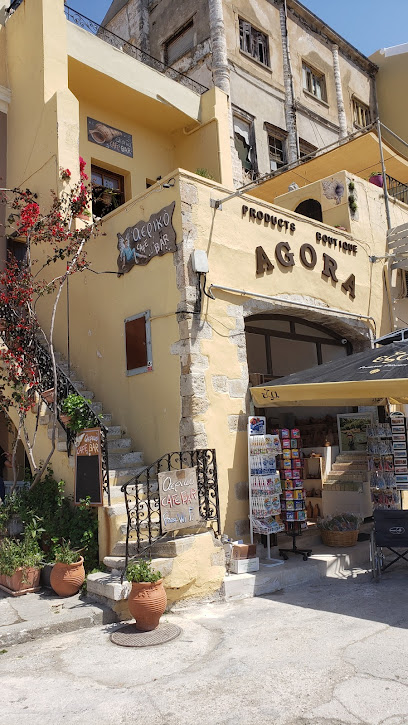
Anemi
Explore Anemi in Chania for unique gifts and local crafts that embody the spirit of Crete, perfect for souvenirs or special occasions.
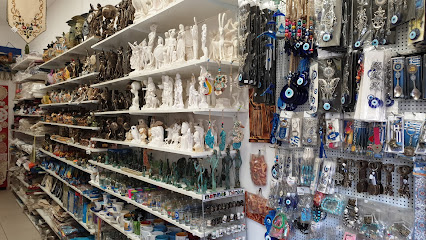
Essential bars & hidden hideouts
Sinagogi coctail bar
Discover the vibrant nightlife at Sinagogi Cocktail Bar in Chania, renowned for its expertly crafted cocktails and lively atmosphere.
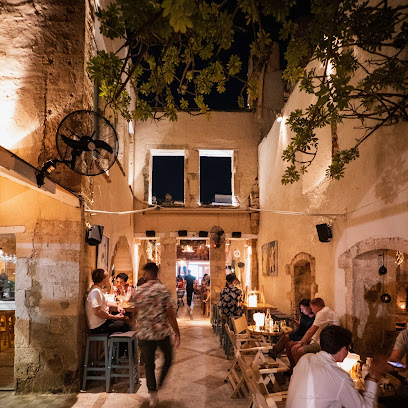
Το μοναστήρι του καρόλου
Discover the Monastery of Karolos in Chania, a cocktail bar that offers a unique blend of innovative drinks and a serene garden atmosphere.
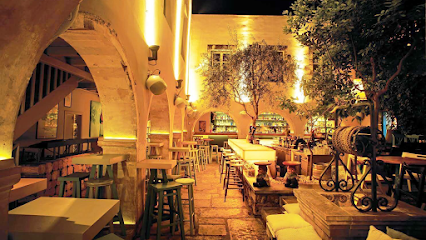
Avalon Rock Pub Chania
Discover Avalon Rock Pub, a lively bar in Chania offering live music, an extensive drink selection, and a vibrant atmosphere perfect for nightlife lovers.
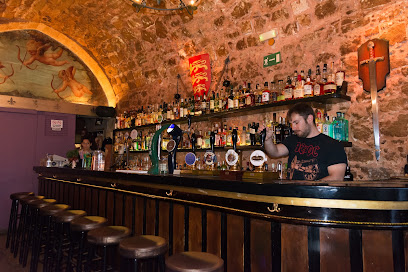
Fagotto Jazz Bar Chania
Discover the heartbeat of Chania’s nightlife at Fagotto Jazz Bar, where live jazz music and delightful cocktails create unforgettable evenings.

Bras de Frères
Discover Chania's vibrant nightlife at Bras de Frères, the ultimate karaoke bar for music lovers and fun-seekers alike.
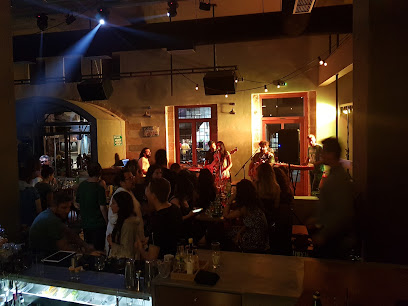
Beer Raki
Discover the vibrant atmosphere and authentic flavors of Crete at Beer Raki in Chania, where every meal is a celebration of local cuisine.
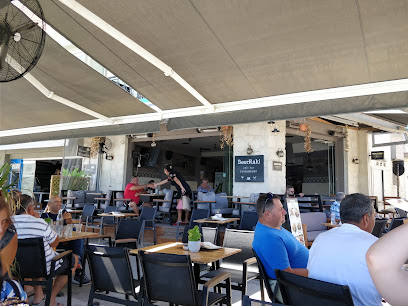
Plaka
Discover the vibrant ambiance and delectable cuisine at Plaka, a top bar and restaurant in Chania, Greece, where every meal is a celebration.
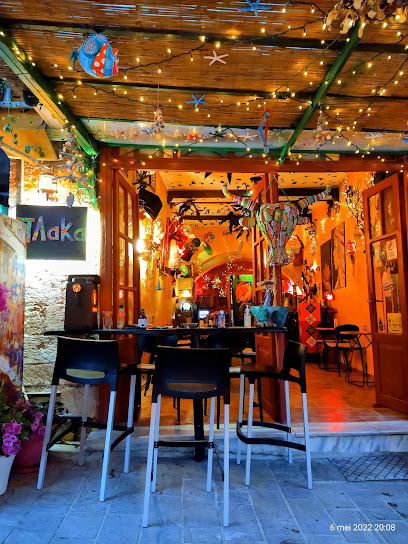
Peacock Tail Bar
Discover the vibrant Peacock Tail Bar in Chania, where innovative cocktails and a lively atmosphere create the perfect nightlife experience.
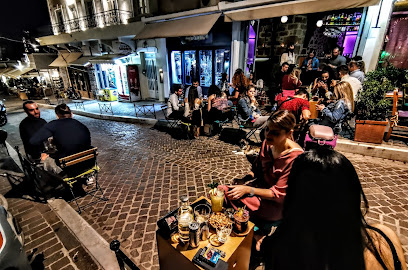
Ka Mon Irish Pub & Bar
Immerse yourself in the lively atmosphere of Ka Mon Irish Pub & Bar, where authentic Irish hospitality meets the beauty of Chania, Greece.
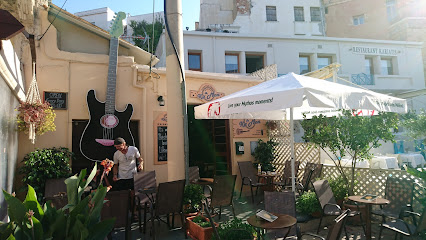
EMPRIME
Discover EMPRIME in Chania: a dynamic bar and café blending local flavors with a vibrant atmosphere for an unforgettable experience.
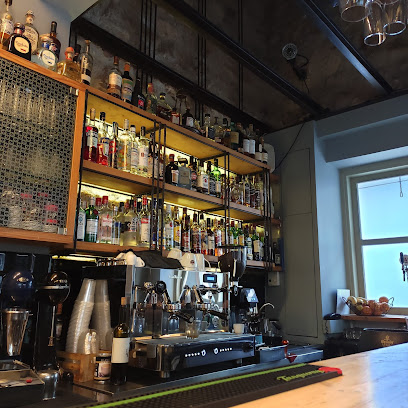
Βoulevard of broken dreams
Discover the vibrant nightlife of Chania at the Boulevard of Broken Dreams, where local culture meets a lively atmosphere and exceptional drinks.
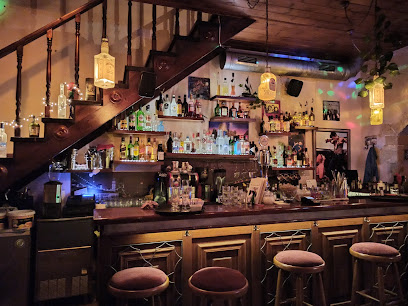
Black Sheep
Discover Black Sheep, Chania's lively bar known for its creative cocktails and vibrant atmosphere, perfect for a night out in Crete.
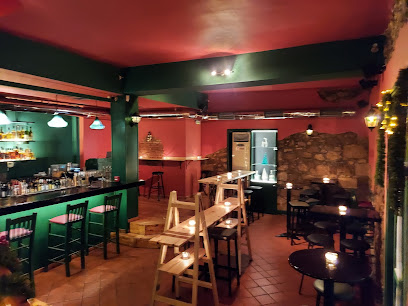
Karamela All Day Bar
Experience the best cocktails and vibrant nightlife at Karamela All Day Bar in Chania, the ideal place for socializing and enjoying stunning sea views.
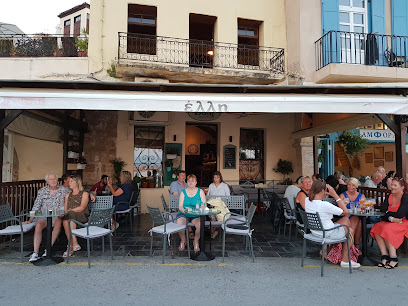
Barfly
Experience the vibrant nightlife at Barfly in Chania, where exquisite drinks and a lively atmosphere await every visitor.

Aspros Gatos
Discover the enchanting flavors of Greece at Aspros Gatos, Chania's premier wine bar and restaurant, offering exquisite wines and delectable dishes.

Travel experiences inspired by this city
Explore more travel diariesLocal Phrases
-
- HelloΓειά σας
[Yah sas] - GoodbyeΑντίο
[Adio] - YesΝαι
[Ne] - NoΌχι
[Ohi] - Please/You're welcomeΠαρακαλώ
[Parakalo] - Thank youΕυχαριστώ
[Efharisto] - Excuse me/SorryΣυγνώμη
[Signomi] - How are you?Πώς είστε;
[Pos iste?] - Fine. And you?Καλά. Εσείς;
[Kala. Esis?] - Do you speak English?Μιλάτε αγγλικά;
[Milate anglika?] - I don't understandΔεν καταλαβαίνω
[Den katalaveno]
- HelloΓειά σας
-
- I'd like to see the menu, pleaseΘα ήθελα να δω το μενού, παρακαλώ
[Tha ithela na do to menu, parakalo] - I don't eat meatΔεν τρώω κρέας
[Den troo kreas] - Cheers!Στην υγειά μας!
[Stin igia mas] - I would like to pay, pleaseΘα ήθελα να πληρώσω, παρακαλώ
[Tha ithela na plirosso, parakalo]
- I'd like to see the menu, pleaseΘα ήθελα να δω το μενού, παρακαλώ
-
- Help!Βοήθεια!
[Voithia!] - Go away!Πήγαινε μακριά!
[Pigaine makria!] - Call the Police!Καλέστε την Αστυνομία!
[Kaleste tin Astinomia!] - Call a doctor!Καλέστε γιατρό!
[Kaleste yatro!] - I'm lostΈχω χαθεί
[Eho hathi] - I'm illΕίμαι άρρωστος
[Ime arrostos]
- Help!Βοήθεια!
-
- I'd like to buy...Θα ήθελα να αγοράσω...
[Tha ithela na agoraso...] - I'm just lookingΑπλά κοιτάω
[Apla kitao] - How much is it?Πόσο κοστίζει;
[Poso kostizi?] - That's too expensiveΑυτό είναι πολύ ακριβό
[Afto ine poli akribo] - Can you lower the price?Μπορείτε να μειώσετε την τιμή;
[Borite na miosete tin timi?]
- I'd like to buy...Θα ήθελα να αγοράσω...
-
- What time is it?Τι ώρα είναι;
[Ti ora ine?] - It's one o'clockΕίναι μία ώρα
[Ine mia ora] - Half past (10)Μισή (10)
[Misi (10)] - MorningΠρωί
[Proi] - AfternoonΑπόγευμα
[Apoyevma] - EveningΒράδυ
[Vradi] - YesterdayΧθες
[Hthes] - TodayΣήμερα
[Simera] - TomorrowΑύριο
[Aurio] - 1Ένα
[Ena] - 2Δύο
[Dio] - 3Τρία
[Tria] - 4Τέσσερα
[Tessera] - 5Πέντε
[Pente] - 6Έξι
[Exi] - 7Εφτά
[Efta] - 8Οκτώ
[Okto] - 9Εννιά
[Ennia] - 10Δέκα
[Deka]
- What time is it?Τι ώρα είναι;
-
- Where's a/the...?Πού είναι ένα/το...;
[Pou ine ena/to...?] - What's the address?Ποια είναι η διεύθυνση;
[Pia ine i diefthinsi?] - Can you show me (on the map)?Μπορείτε να μου δείξετε (στο χάρτη);
[Borite na mou dixete (sto charti)?] - When's the next (bus)?Πότε είναι το επόμενο (λεωφορείο);
[Pote ine to epomeno (leoforeio)?] - A ticket (to ....)Ένα εισιτήριο (για το ....)
[Ena isitirio (gia to ....)]
- Where's a/the...?Πού είναι ένα/το...;
History of Chania
-
Chania's history dates back to the Minoan civilization, around 3000 BCE to 1450 BCE. The ancient city of Kydonia, referenced in Homer's Odyssey, was located here. Archaeological excavations have uncovered significant artifacts, including remnants of Minoan settlements and ceramics, indicating Chania's importance as a trading hub in ancient times.
-
During the Classical and Hellenistic periods, Chania flourished as a vibrant city-state. The region was known for its naval prowess and strategic location, which made it a significant player in regional politics and commerce. The city was involved in various alliances and conflicts, including support for the Athenians during the Peloponnesian War.
-
Chania fell under Roman rule in 69 BCE and subsequently became part of the Byzantine Empire in the 4th century CE. The Roman and Byzantine periods were relatively peaceful times, allowing for the construction of public buildings, fortifications, and churches. The city continued to be a crucial trading center, connecting the eastern and western parts of the Mediterranean.
-
In 1252, Chania came under Venetian control, marking a period of significant architectural and cultural development. The Venetians fortified the city, building impressive walls and the famous harbor that still stands today. The Old Venetian Harbor, with its lighthouse and arsenals, became a bustling center of maritime trade. Venetian influence is evident in the city's architecture, urban planning, and cultural life.
-
The Ottoman Empire conquered Chania in 1645, introducing new cultural and architectural elements to the city. Mosques, bathhouses, and fountains were constructed, and the city saw a blend of Ottoman and Venetian styles. Despite periods of unrest and conflict, Chania remained a vital administrative and economic center under Ottoman rule until the late 19th century.
-
The 19th century was a tumultuous time for Chania, marked by uprisings and a push for independence from Ottoman rule. The city played a crucial role in the Cretan Revolt of 1866-1869. In 1913, after the Balkan Wars, Crete was finally unified with Greece. Chania became the capital of Crete, fostering economic growth and cultural revival until the capital was moved to Heraklion in 1971.
-
During World War II, Chania was heavily bombed in the Battle of Crete in 1941. The city fell under German occupation, leading to significant hardship for its residents. Many historical buildings were damaged or destroyed. However, the period also showcased the resilience and bravery of the local population, who played a crucial role in the resistance movement.
-
Following World War II, Chania underwent extensive reconstruction and modernization. The city expanded beyond its historical core, blending old and new elements. Today, Chania is a thriving tourist destination, celebrated for its rich history, cultural heritage, and stunning landscapes. The Old Town and harbor remain central attractions, drawing visitors from around the world.
Chania Essentials
-
Chania is located on the northwest coast of the island of Crete in Greece. The nearest airport is Chania International Airport (CHQ), also known as Ioannis Daskalogiannis Airport, which is approximately 14 kilometers from the city center. Direct flights are available from many European cities, especially during the summer season. Alternatively, you can fly into Heraklion International Airport (HER) and take a bus or rent a car for the approximately 2-hour drive to Chania. Ferries from Athens (Piraeus Port) also operate regularly, docking at the port of Souda, about 7 kilometers from Chania city center.
-
Chania is well-connected by public transportation. The main bus station (KTEL) offers routes to various parts of the island, including Heraklion, Rethymno, and smaller towns and villages. Local buses are also available for travel within the city. Taxis are readily available and can be hailed on the street or booked via phone. For those who prefer more flexibility, car rentals are available at the airport and in the city. Bicycles and scooters can also be rented for a more eco-friendly mode of transport.
-
The official currency in Greece is the Euro (€). Credit and debit cards are widely accepted in Chania, especially in hotels, restaurants, and larger shops. However, it is advisable to carry some cash for smaller purchases, especially in markets and rural areas. ATMs are plentiful and can be found throughout the city. Ensure your card is enabled for international transactions before you travel to avoid any inconvenience.
-
Chania is generally a safe destination for tourists, with low crime rates. However, it is advisable to take standard precautions such as keeping an eye on your belongings in crowded areas and avoiding poorly lit streets at night. The Old Town and the Venetian Harbor are popular tourist spots and can get crowded, so be vigilant against pickpockets. Areas with higher crime rates targeting tourists are rare, but always stay aware of your surroundings.
-
In case of emergency, dial 112, the European emergency number, for immediate assistance. Chania has several hospitals and medical facilities, including the Chania General Hospital. Pharmacies are plentiful and usually have a green cross sign. It is recommended to have travel insurance that covers medical emergencies. For minor health issues, pharmacists can often provide advice and over-the-counter medications.
-
Fashion: Do dress modestly when visiting religious sites. Avoid wearing beachwear or overly revealing clothing in public places. Religion: Do respect local customs and traditions. When entering churches, cover your shoulders and knees. Public Transport: Do be respectful and offer your seat to elderly passengers. Don't eat or drink on public transport. Greetings: Do greet people with a handshake or a friendly 'Kalimera' (Good Morning). Eating & Drinking: Do try local dishes and accept food offerings graciously. Don’t decline hospitality, as it is considered impolite.
-
To experience Chania like a local, visit the Municipal Market of Chania (Agora) where you can buy fresh produce and traditional Cretan goods. Take a stroll through the narrow streets of the Old Town and explore the Venetian Harbor. Engage with locals, who are often friendly and willing to share stories about the city's history and culture. Don't miss the chance to try local delicacies such as Dakos, Kalitsounia, and Raki. For a unique experience, visit the nearby village of Theriso, known for its history and beautiful natural surroundings.
Trending Landmark in Chania
-
Old Venetian Port of Chania
-
Old Chania Market
-
Venizelos Graves
-
Chania Municipal Garden
-
Lighthouse of Chania
-
Sinagogi coctail bar
-
Kucuk Hasan Mosque
-
Talos Square
-
Minoan's World 9D Experience
-
Firka Venetian Fortress | Ενετικό φρούριο Φιρκά
-
MonEs
-
Monastery Katholiko
-
Sabbionara Bastion
-
Splantzia Square
-
Χώρος Στάθμευσης Θεάτρου Ανατολικής Τάφρου
Nearby Cities to Chania
-
Things To Do in Rethymno
-
Things To Do in Crete
-
Things To Do in Heraklion
-
Things To Do in Pyrgos
-
Things To Do in Santorini
-
Things To Do in Kalamata
-
Things To Do in Mykonos
-
Things To Do in Nafplio
-
Things To Do in Athens
-
Things To Do in Olympia
-
Things To Do in Kos
-
Things To Do in Bodrum
-
Things To Do in Delphi
-
Things To Do in Samos
-
Things To Do in Patras












